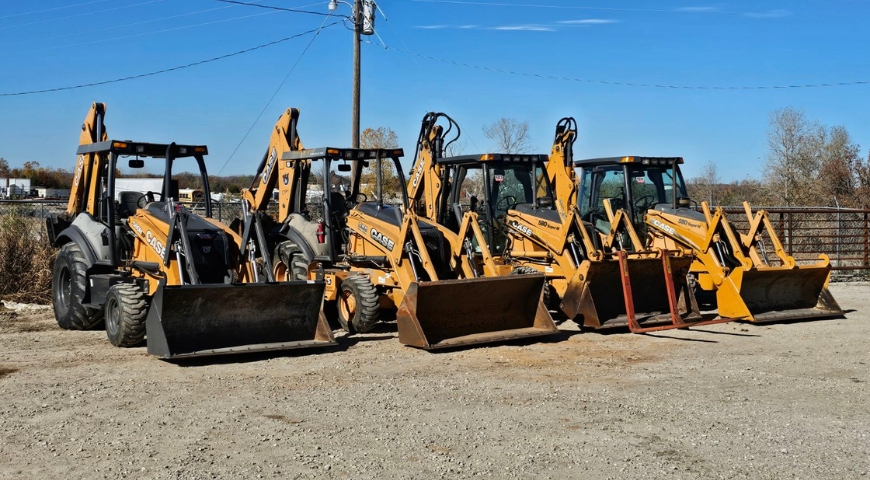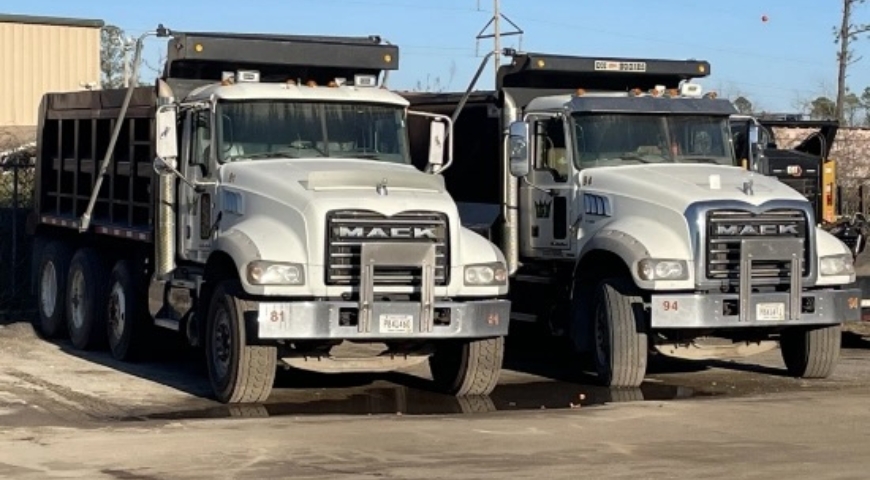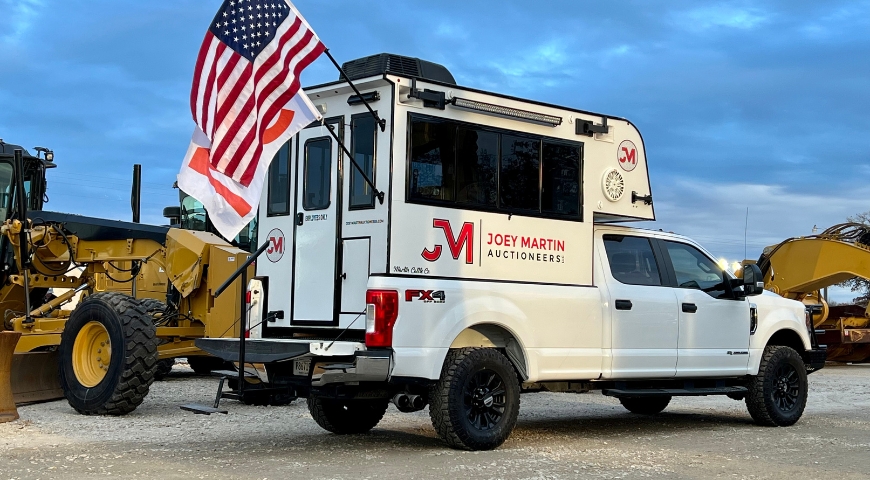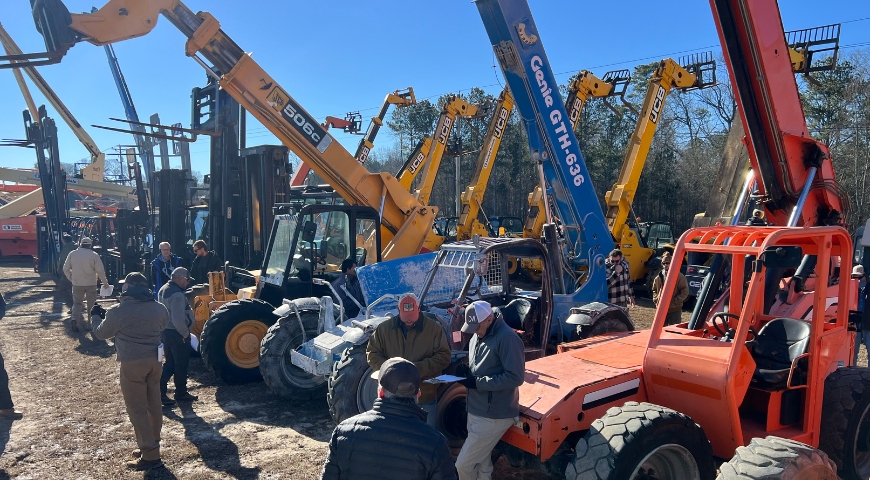Purchasing heavy equipment is a significant investment that requires careful consideration and due diligence. Before committing to a purchase at an auction, it’s essential to thoroughly inspect the equipment to ensure it meets your requirements and standards. A comprehensive inspection can help you identify potential issues, assess the condition of the equipment and make informed decisions about its value and suitability for your needs. Below we share valuable tips for inspecting equipment before purchasing, helping you navigate upcoming equipment auctions with confidence and precision!
Review documentation and history
Start by reviewing any available documentation and history for the equipment, including maintenance records, service logs and ownership history. This information can provide valuable insights into the equipment’s usage, maintenance and any previous repairs or issues. A thorough review of documentation can help you gauge the equipment’s overall condition and identify any red flags that may warrant further investigation.
Conduct a visual inspection
Perform a visual inspection of the equipment, paying close attention to its exterior appearance, structure and overall condition. Look for signs of wear and tear, damage, rust or corrosion that may indicate underlying issues or poor maintenance. Inspect critical components such as the engine, hydraulic systems, undercarriage and attachments, noting any visible defects or abnormalities that may affect performance.
Test equipment functionality
Test the equipment’s functionality by operating its various systems and components, including the engine, hydraulics, controls and attachments. Listen for unusual noises, vibrations or performance issues that may indicate mechanical problems or malfunctions. Test the equipment under load or in simulated work conditions, if possible, to assess its performance and responsiveness in real-world scenarios.
Check fluid levels and quality
Inspect the equipment’s fluid levels, including engine oil, hydraulic fluid, coolant and fuel, and check for signs of contamination or degradation. Dirty or discolored fluids may indicate poor maintenance or potential issues with the equipment’s systems. Additionally, check for leaks or fluid seepage around hoses, fittings and seals, as these can indicate leaks or hydraulic system issues.
Evaluate wear parts and components
Assess the condition of wear parts and components, such as tires, tracks, teeth, blades and cutting edges, to determine their remaining lifespan and replacement needs. Look for excessive wear, damage or uneven wear patterns that may signal the need for repairs or replacements. Evaluate the cost and availability of replacement parts to factor into your purchasing decision.
Test drive or operate if possible
Whenever possible, test drive or operate the equipment to assess its performance, handling and maneuverability. Take the equipment through its paces, testing its acceleration, braking, steering and overall responsiveness. Observe how the equipment handles different terrain and operating conditions, and note any issues or concerns that may arise during testing.
Seek professional assistance
If you’re unsure about certain aspects of the equipment or lack expertise in a particular area, don’t hesitate to seek professional assistance from mechanics, technicians or equipment specialists. They can provide valuable insights, perform diagnostic tests and offer expert guidance to help you make informed decisions about the equipment’s condition and suitability.
Check out our upcoming equipment auctions
Inspecting equipment before purchasing from our upcoming equipment auctions is a critical step in the buying process that requires thoroughness, attention to detail and expertise. By following these tips and conducting a comprehensive inspection, you can assess the equipment’s condition, identify potential issues and make informed decisions about its value and suitability for your needs. Contact us today with any questions or take a look at our upcoming auctions!




